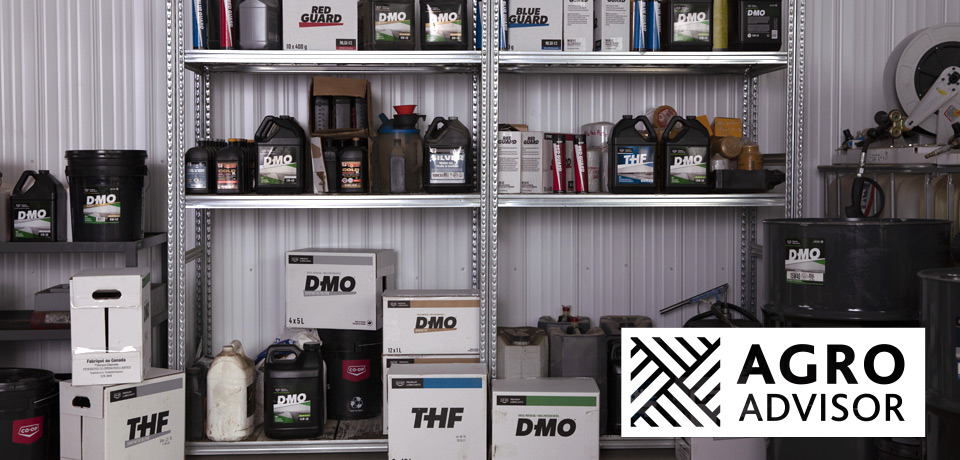All lubricants aren’t equal.
Each is built for a different application, engine or operating environment. That’s why it’s important to know as much about your equipment -- and the oils, grease and other products it requires -- as possible.
Pairing the right product with proper storage and a robust maintenance program will safeguard equipment and promote smooth operation. An error or oversight in even one of those steps, however, can result in lubricant failure and costly downtime.
Proper application
To prevent mechanical wear during the busiest times of the year, some lubricants should be applied on a daily basis. At the same time, you must be mindful to use the correct amount of product. A common mistake is to apply too much grease, which can actually make it more difficult for bearings to do their job.
Consult the original equipment manufacturer for information about lubrication intervals and product volumes. Always be mindful not to cut corners or overlook injection points.
Safe storage
Dirt, water and other contaminants all affect lubricant performance.
While it may be difficult to keep all workspaces clean, storing lubricants in a clean, dry space with a consistent temperature will make a meaningful difference.

Mixing products
Lubricants are formulated using different base oils, additives and thickeners that aren’t always compatible, so you need be careful not to mix two products unless you’re confident they can be safely used together.
Unintentional mixing of two different oil products, such as transmission hydraulic fluid or hydraulic oil, is a common occurrence that can lead to excessive wear and potential component failure.
Some lithium and calcium grease products, for example, are also incompatible and can plug up mechanical systems when mixed. To avoid this error, consult your Co-op Premium Lubricants product specification sheet. This document contains an easy-to-read compatibility chart for all grease products that can be used to quickly identify those that can be used interchangeably as well as those that should never be mixed.
Read the spec sheet
Product specification sheets describe several other characteristics and performance specifications that will help you match lubricants to your equipment and the conditions you operate in.
To make an informed choice, there are a wide variety of terms and rating systems to familiarize yourself with.
The viscosity rating on motor oils -- expressed as XX W-XX -- is one of the more widely understood characteristics. It describes how the viscosity varies as the fluid temperature changes (high viscosity in low temperatures and low viscosity in high temperatures).
In the winter, many operators will know to look for products with lower “XX W” values that are formulated for cold-weather environments. Products with higher “XX” value, on the other hand, will perform best in warmer environments.

If you’re unsure about the lubricants you’re using, or recently purchased new equipment that demands a different product, consult your Co-op Fuel Team. A dedicated lubricant specialist can ensure you’re selecting products that will deliver optimal performance and reliability.






